|
by Caroline Cook, Pacific Science Center (Polliwog Preschool)
Since mid-February, Washington State has been at the center of the COVID-19 outbreak in the United States. As safety guidelines change, we’re faced with an unexpected question: how can place-based, hands-on preschools adapt to meet community needs remotely? Outdoor preschools have responded in a variety of ways. The program I lead, Polliwog Preschool, closed on the same day as our local public school district. Since then, my co-teachers and I have tried to engage our families by: Making videos to send to our families. At first, the idea of creating educational videos was intimidating, but it turned out to be surprisingly easy! Cell-phone videos and free publishing software have come a long way in the past decade. Also, your videos don’t have to be perfect. Our students don’t care if the editing is choppy or the lighting is imperfect. Here are a few videos we made: Even as many local parks close, it’s still possible to get outside. I made this video walking in my neighborhood, adhering to social distancing guidelines. Our families’ responses to the videos have been so heartwarming! Caregivers are always looking for more ideas to keep their kids entertained, and kids miss their teachers and school. Hosting virtual classes. When someone first suggested this, I thought it sounded cheesy, but I was wrong! Our class typically does show-and-tell once per week, so during the closure, we’ve used Zoom to do it remotely. Seeing all of our friends and hearing what they’ve been doing has been so uplifting. For the best results, allow a few minutes at the beginning for everyone to troubleshoot and get used to the software. After that, it helps to use the “mute” button and take turns; otherwise, things end up even more chaotic than a normal preschool class. Sharing premade resources: If you don’t have the capacity to make videos or host e-learning sessions, you could still send your families some of these awesome resources: Lunch Doodles with Mo Willems, author of the beloved “Elephant and Piggy” books: Virtual Storytime (and other events) from the King County Libraries: Online kids’ yoga classes led by one of our students’ parents (donation-based) Curiosity at Home from Pacific Science Center Resources, Tips, and Tricks from PBS Kids The New World of Nature-Based Education collection from the Natural Start Alliance We’re lucky to be part of a community where everyone has access to the internet, and where families can make alternate childcare arrangements. I recognize that’s not true for everyone. How can we do a better job connecting with families who don’t have these resources? I’d love to hear your thoughts in the comments. What other resources or ideas do you have to share? We'd love to hear them too!
1 Comment
By Rachel Franz (she/her), Twig & Thread Consulting, WANPA Advisory BoardOutdoor schools, including “forest kindergartens,” “outdoor preschools,” and some nature-based programs, sit at an important intersection. On one hand, outdoor preschools are designed for children who might not typically thrive in an indoor setting, especially children who need additional room to run, to move, and to yell. Yet, outdoor preschool educators tend to be the most challenged by children who run off and exhibit other “challenging behaviors” (i.e. aggression, hiding, sensory needs). The concept of “fit” has been long discussed in the outdoor early education community; how do we know that our programs are a good match for certain students and what do we do if we think they are not? “Good Fit” Practices & Outdoor Preschool Tendencies What does “a good fit” mean anyway? I believe that this term is very subjective and dependent on both the capacity of the program and the program’s philosophy around behavioral guidance or “discipline.” Perhaps “fit” is a term like “Kindergarten Readiness” where we shape children to fit the system (instead of shaping the system to best serve children). Can we look more deeply into equitable practices and inclusion, and ask ourselves uncomfortable questions? Are we denying children access to an outdoor childhood because they don’t fit what’s easiest for us as educators? The late Erin Kenny in Forest Kindergartens: The Cedarsong Way wrote about one philosophy on “fit,” which matches those of many small forest schools across the country. She writes, “I have witnessed outdoor parents who desperately want their child to embrace a program such as ours; however, their child is not a good match. They may refuse to put their hands in the dirt, or cannot express their emotions without whining or crying” (37). Kenny eventually evolved her program to be more inclusive of students’ developmental and cultural realities, but the question still lingers for many families and providers. How can we help a child succeed when they have a tantrum each time their fingers get muddy? Reasonably, we must look at the current capacity of the program to support a child’s needs. If a child needs a 1:1 aide and we cannot hire additional staff, what can we do to support the family and serve this child? Is there a developmental preschool program nearby where this child would thrive more? If we don’t have the training to support a child with special needs, how can we access the training? How can we evolve our program to be more inclusive? It can be difficult to encounter behavior each day that jeopardizes safety. It can be especially hard to know when to draw the line when behaviors are challenging but just within teacher’s capacity. How do the dynamics of the class change when winter comes and cold hands and bodies need almost constant tending? The unique additional challenges of outdoor classrooms are an easy place to say “that is just too much”? So, why should we fight so hard to keep these students in our programs? The Issue with Expulsion & Student Relocation When we talk about students being a “good fit” for our programs, there is a dilemma. While we don’t want students running away or hurting themselves or others, we must also consider the tremendous impact of asking a family to leave a program on that individual child. In fact, thousands of preschoolers are expelled each year from early learning programs, a rate that is 3 times that of children enrolled in Kindergarten- 12th grade. These expulsions occur during the child’s most formative years. According to The Institute on Early Childhood Health & Wellness, the impact of suspension and expulsion on preschoolers is tremendous: “Young children expelled from preschool are more likely to:
In fact, many of the skills and attitudes Forest Schools are so great at promoting are directly lost when a child is suspended or expelled. Additionally, expulsion tends to affect certain demographics of children more than others. In this helpful video by NPR’s Cory Turner, the tendency for bias in around preschool behavior is illustrated: This bias has been cited by countless researchers. Dr. Dolores Stegelin (2018), of the Institute for Child Success, writes: Importantly, the majority of these young children, at least 42 percent of preschool children suspended, are identified as African American boys. These racial and gender disparities are evident as early as preschool, where black students are 3.6 times as likely to receive an out-of-school suspension as their white classmates. Additionally, while boys represent 54 percent of preschool enrollment, they constitute 79 percent of all suspended preschool children. Research indicates that a child’s early educational experiences greatly influence their development and outcomes later in life, making these data particularly consequential (Segelin, 2018). Many outdoor preschools and nature-based programs, especially prior to the Washington Outdoor Preschool Pilot, have been writing our own rules on behavior, discipline, and expulsion. Yet, it is critical for equitable access to our programs that we look seriously at the impact of these policies. Some outdoor preschools have adopted a non-expulsion policy. A non-expulsion policy reads something like this: Our school is a non-expulsion program. We believe that children have the best chance of success if they stay in school. Our educators use best practices to support children’s behavior and safety and work closely with families to support each individual child in their participation in our program. It is necessary to explicitly publish how behavior is handled and to articulate steps when grievances, challenges, or safety issues occur. It is important to continue to grow our skill set and partner with families and with other agencies, when possible, to offer supports. Preventing Inequitable Expulsion & Displacement Here are some recommendations on how to equitably address “fit” in outdoor & nature-based early learning settings:
The students who are being pushed out are the ones who need outdoor and nature-based preschool the most. Outdoor and nature-based schools must very carefully consider how we help children succeed and stay in our programs. We hold a significant space in the intersection of access to nature and early education, both of which are critical to later in life success. Instead of whether a child is a good “fit” for our programs, we must carefully build our programs for the children in our community, for their families, for their needs. Perhaps it means running alongside children like this, even if they seem to be running away. Works Cited Kenny, E.K. (2013). Forest Kindergartens: The Cedarsong Way. Vashon, WA: Cedarsong Nature School. Stegelin, D.A. (2018). Preschool suspension and expulsion: Defining the issues. Institute for Child Success. Retrieved from: https://www.instituteforchildsuccess.org/wp-content/uploads/2018/12/ICS-2018-PreschoolSuspensionBrief-WEB.pdf Zero to Three (2019). Preventing expulsion from preschool and childcare. Retrieved from: https://www.zerotothree.org/resources/series/preventing-expulsion-from-preschool-and-child-care Institute Early Childhood Health and Wellness (2019). Understanding and eliminating expulsion in early childhood programs. Retrieved from: https://eclkc.ohs.acf.hhs.gov/publication/understanding-eliminating-expulsion-early-childhood-programs NPR (2016). Bias Isn't Just A Police Problem, It's A Preschool Problem. Let's Talk (Youtube). Retrieved from: https://www.youtube.com/watchtime_continue=12&v=ucEAcIMkS0c&feature=emb_logo AuthorRachel Franz (she/her) is an early childhood consultant and trainer focusing on equitable access to nature and screen-free solutions. She is the National Screen-Free Week Outreach Coordinator and an advocate for mentally healthy, playful childhoods. From 2016-2019, she served as Lead Teacher & Director of Education at Tiny Trees Preschool and has participated in the Outdoor Preschool Advisory Group for the WA State Licensing Pilot. Rachel is a proud member of the WANPA Advisory Board.  A child builds a "ninja castle" in an urban outdoor school using long sticks. Sticks often a source of fear for adults, but offer so much more for young children. A child builds a "ninja castle" in an urban outdoor school using long sticks. Sticks often a source of fear for adults, but offer so much more for young children. By: Rachel Franz (she/her), WaNPA Advisory Board Member Sticks. For grown-ups, sticks often produce fear of injury and foul play. Yet, for young children, sticks provide a platform for deep, meaningful play, social skill development, emotional self-regulation, and physical growth. If fact, the stick was actually inducted into the National Toy Hall of Fame in 2008 (a little unnecessary for us nature-preschool folks, but cool nonetheless). So, how do we balance the fear of injury with the important role that stick play has in children’s development and experience outside? Setting Clear Stick Expectations One of the first things I loved to do in my outdoor classroom was to address the question head on: “How can we play with sticks safely?” Posing this question directly to the students created the most buy-in in the rules and generated an authentic investment in safe conduct. Answers ranged from “No playing with sticks!” from students who had received this advice before to “No hitting” and “Sticks point down!” This was a wonderful start to dialogue all about sticks. From there, we generated questions like, “How can we tell if it’s the right type of stick to play with?” “How should we move if we have a stick?” Ultimately, with the children’s help, we generated some tools for helping the children to hold each other accountable for stick safety (with some adult help, of course):
Scaffolding a Stick’s Possibilities So, what can children do with sticks anyway? The possibilities are endless. Of course, there’s the hilarious YouTube Video by How to Dad called “How to Play with a Stick,” which provides two and a half minutes of joyful imaginative stick opportunities (see the video here: https://www.youtube.com/watch?v=Sr2OKTAMdQM). Sticks can be food, swords, horses, provide the beams for a home, sculpt a nest, dig, dance and more. It is the educator’s job to also model the uses for sticks and, in alignment with best practice, to play alongside children as they use sticks. One book I love to use to spark ideas around stick play is Not a Stick by Antoinette Portis. It is a beautiful provocation that challenges the adult mindset around sticks and gives children permission to use their imagination around everyday objects. Great Resources for Stick Ideas Stuck on stick ideas? Lean on the children to inspire what’s next! Additionally, here are a few resources to keep the inspiration going: The Stick Book by Fiona Danks and Jo Schofield. 20 Ways to Play with Sticks by Childhood 101. Not a Stick by Antoinette Portis. Share YOUR Stick Play Ideas by commenting below!
By Nicole Corbo When I first taught preschool, almost thirty years ago, the curriculum (at least the holiday curriculum) was the same as it had been when I was a preschooler myself. It was commonplace to make silver-buckled hats and feathered headdresses out of construction paper at the end of November. It was the one time of year that Native Americans were mentioned in the curriculum, and they were spoken of as people who only existed in the past. The story presented to students, both vague and inaccurate, suggested that all Native Americans were the same: same limited language; same clothing – which was only based on what people who lived on the Plains once wore; and same willingness to happily hand over their land and resources, as there was absolutely no acknowledgement of broken treaties, displacement, or conflicts. 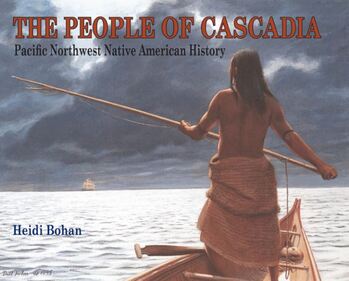 Gratefully, a shift toward a more accurate depiction of the past and present is occurring with more mindful ways to teach about Thanksgiving, and educators are recognizing the need to incorporate these lessons not just in November, but all year. We begin with land acknowledgements, which are becoming more common, but we don’t stop there. Educators are seeking resources that help revise stereotypical representations of Indigenous peoples and replace harmful narratives with accurate information. One such resource is Debbie Reese’s article, “Critical Indigenous Literacies: Selecting and Using Children’s Books about Indigenous Peoples”, which not only addresses literature, but also speaks about the language we use when talking about Native Nations. A wonderful resource specific to our region is Heidi Bohan’s, The People of Cascadia, which is described as, “a highly visual and comprehensive historical glimpse into the daily lifeways of four major cultural language groups of the Pacific Northwest.” Plus, this book complements our newest and most comprehensive resource – a curriculum called Since Time Immemorial: Tribal Sovereignty in Washington State, which has been endorsed by all 29 federally recognized tribes and will be implemented with students from preshcool through high school. The Since Time Immemorial Early Learning Curriculum, created by Native Early Learning educators, consists of three lessons and is designed for early learners to experience concepts related to tribal sovereignty and local tribal history. Nurture in Nature Preschool (part of Tacoma Nature Center) adapted the curriculum to flow with their ongoing environmental and science themes this past summer. Utilizing books, games, songs, and activities, they presented the lessons while engaging students in the natural environment around them. Read their full report (below photo) for more information.
As nature-based educators, who are already connecting children to the land we live on, we have unique opportunities for supporting this shift to teach history with honesty and integrity. We enjoy the benefit of engaging in nature as we introduce students to the ways that Indigenous peoples inhabited this area in the past, as well as honor and connect early learners with the tribes that still exist and thrive here today. At this time of year in particular, when that story of the first Thanksgiving may come up, we can reframe the common myths that are still perpetuated through media and, possibly, even in other educational settings, and promote truth in education.
One of the WaNPA goals is to encourage resource sharing, so please share in the comments below what you did with your students this month; please share the books, games, activities, and projects you’re using to revise misinformation and help early learners connect meaningfully with national and local history. Please share what you’re doing to connect with local tribes. Also, please share in the comments if and how you’ve utilized the Since Time Immemorial curriculum.  Happy Halloween! Did you know that there are many theories as to why the term ‘jack-o-lantern’ is used for our carved pumpkins at Halloween, but no one really knows exactly how the connection was made between some random fellow in England holding a lantern (Jack of the lantern) and a carved root vegetable in Ireland intended to frighten off spirits of ill will (gourds came later, when Europeans colonized North America*). The connection remains a mystery. Something that is not mysterious is the connection between enjoying a wonderful fall and being involved in nature-based early childhood education. This is a terrific time of year to be outside with children! Really, when isn’t?! 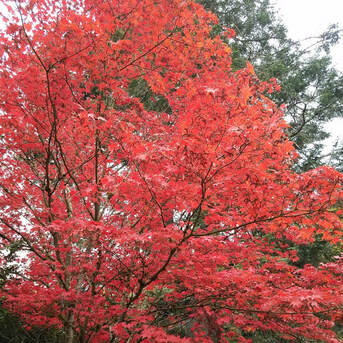 Fall in the northwest provides a plethora of spiders and webs of all varieties, mud of all consistencies, slug and millipede discoveries, PUDDLES, and so much more. We get to observe what may be the most gorgeous side of decomposition, as deciduous trees draw into themselves all that CO2-transforming chlorophyll, pulling the nutrients deep into their roots for later use, and let go of what they no longer need in a brilliant burst of color. Can you tell I love it? There is something about this waning time in nature that energizes me, and I’m not the only one. The sound of joyful engagement can be heard at any outdoor school across the region. In fact, moving our bodies to stay warm outside means, unlike the trees, we have to get even more active this time of year. At Washington Nature Preschool Association, we’re getting more active too. Among many other things, we’ve been working on ways to build year-round connections between members, both virtually and in person. Through formalizing our membership, we hope to engage members who are in neighboring programs on a more regular basis (meet-ups/site visits/round-table discussions), and we hope to benefit from the knowledge, skills, and experience of our members in achieving organizational goals. As an all-volunteer collaborative, we truly value member participation. It is through our connections to one another and mutual support that we will be best equipped to provide high-quality early childhood education and the greatest possible environment for children to grow. 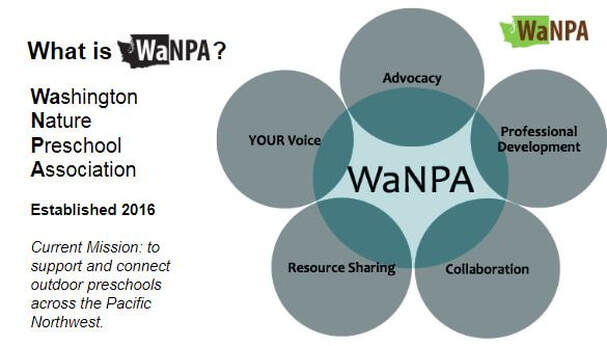 For the past four years, the WaNPA Annual Symposium has offered an incredible opportunity for people involved with nature preschools to connect in useful discussions about the topics that are important to us all. At this year’s symposium, from the panel discussion topic, Adapting Nature Preschool in an Era of Climate Change, to the breakout sessions (listed below), we began some meaningful and relevant conversations, but one day is not enough to cover topics that are constantly evolving. We want to support the continuation of these discussions and the sharing of resources regarding topics such as these:
Become a member! (it’s free) *EDIT 11/4: As I drifted off to sleep last night, the words "new world" popped into my mind. There was something off about them; something not right. When I first wrote this post, I used that phrase because I was thinking about the European tradition of the jack-o-lantern; I was thinking about how the North American continent was "the new world" to those who had previously only been aware of Europe, Africa, and Asia. This morning, I woke with clarity. The problem with that phrase is that it perpetuates the colonizer's story as the dominant story (the only history). So, that's why I changed it. I almost changed it without saying anything, because I was embarrassed by my thoughtlessness and ignorance, but I'm a teacher and this is a teachable moment: I made a mistake, realized it, and amended it. This is what we have an opportunity to model for children. We do not have to be the perfect, authoritarian teacher with all the answers, an adult to be revered and never questioned; nope, we get to model being human and doing our best to be better. Nature shows us that it's normal to be imperfect. At last Saturday's symposium, Erica Calhoon and I led a discussion on how preschools can incorporate art into nature exploration. We divided potential art projects into three categories: Ephemeral art- temporary art, usually made outdoors using natural materials. Examples include water paintings, mandalas, and ice sculptures. Natural Materials- art projects that incorporate items found in nature. Examples include painted rocks, pressed flower collages, and leaf rubbings. Plein Air- conventional art projects, such as watercolor paintings, done outside. It was fun to share tips and hear about projects from other teachers. Here are our brainstorming posters, full of ideas to try: What's YOUR favorite nature art project?
by Caroline Cook
One theme from the conference that surfaced again and again was the “sense of place” that we seek to develop in our children, and how the nature we grow up with shapes our values and character throughout our lives. What, exactly, is a sense of place? Anthropologists, geographers, historians, and other social scientists have different definitions, but in general, a sense of place involves a connection to the land that involves both knowledge and emotion, and connects to the environment’s cultural history as well as its nature. Our classroom already values place-based education; our daily observations and experiences in the park frame our literacy, math, and science curriculum. However, this year, I want to be more intentional about teaching my students that the Mercer Slough, specifically, is a special place. Here are some changes we’re making to our curriculum:
I’m excited- as a transplant to Washington, I’ve been hoping to develop a deeper connection to Washington’s natural and cultural history, and now I have an excuse to be more intentional about it! Do you have special teaching practices that help children develop a sense of place? Please share them in the comments! by Jess Brewer, preschool instructor, Nurture in Nature Preschool at the Tacoma Nature Center
Often, the word risk has a negative connotation and is something to be avoided or even feared. However, I was excited to see several sessions at the national conference that addressed and embraced risk as something to be encouraged and celebrated in outdoor preschool programs. Families of our incoming preschoolers at the Tacoma Nature Center’s Nurture in Nature Preschool understand that safety is our number one priority and while we do our best to prevent and predict hazards throughout our preschool day, risk taking is encouraged. As teachers, we can see the benefits of our students taking reasonable risks, but it can sometimes be a difficult sell to parents who are concerned for their child’s safety and well being. While attending a session about risk taking and risk assessment we brainstormed a comprehensive list of the benefits of risk which I wanted to share with you all as a reminder of why it is important to allow reasonable risk taking in your preschool program; and also as a communication tool for helping families understand why we promote risk taking. Benefits of Risk: -self regulation development -confidence building, self satisfaction -enhanced imagination, creativity -partnerships, team building -problem solving -trust building -independence -accomplishment -facing fears -failure, coping skills -cause and effect -resilience, persistence, commitment -memories, storytelling -discovering limits -accepting challenges -growth, calculating risk -engagement -mindfulness -agility -motor skills -proprioception (awareness of personal body movement) -active lifestyle -social/emotional risk Some questions to consider: What type of risk do you encourage and what do you avoid in your program? At the session, we sorted risks and hazards into six different categories: rough and tumble play, disappearing and getting lost, dangerous elements, dangerous tools, rapid speeds, and great heights. What safety measures do you have in place while students engage in risk taking activities? What will you do ‘find a way to say yes’ to your students and allow risk taking while at school? Let’s continue the conversation! If this topic is of interest to you, please feel free to comment below and add your thoughts, ideas, and opinions. |
|||||||

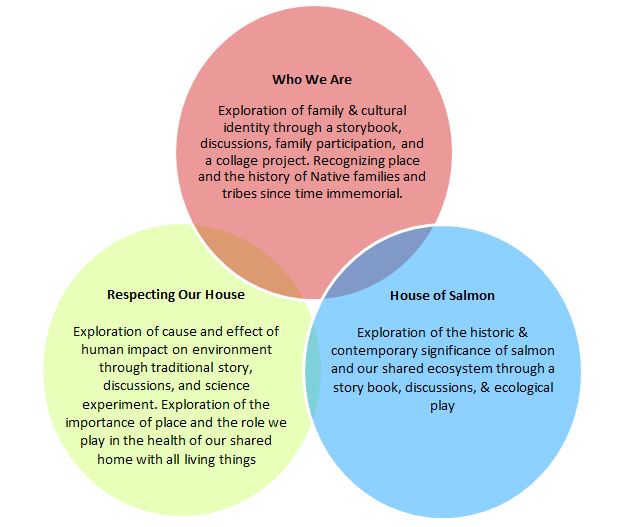
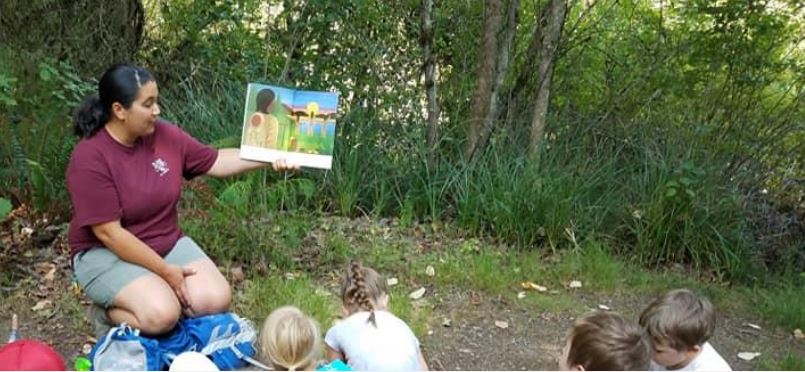
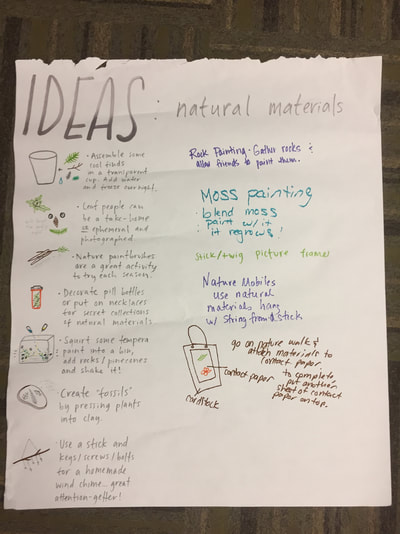
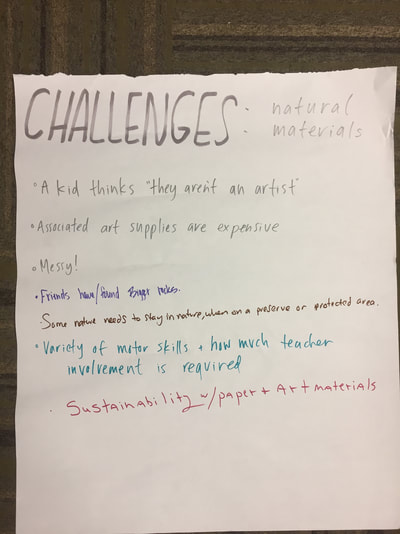

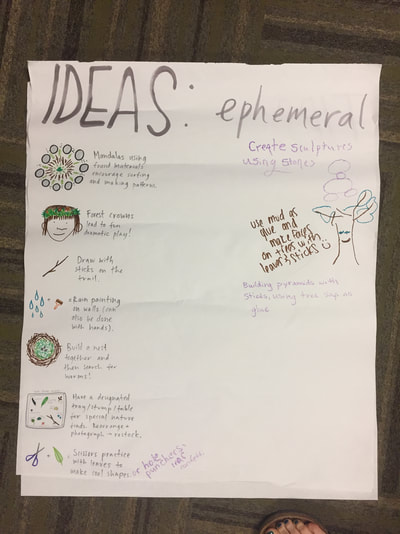
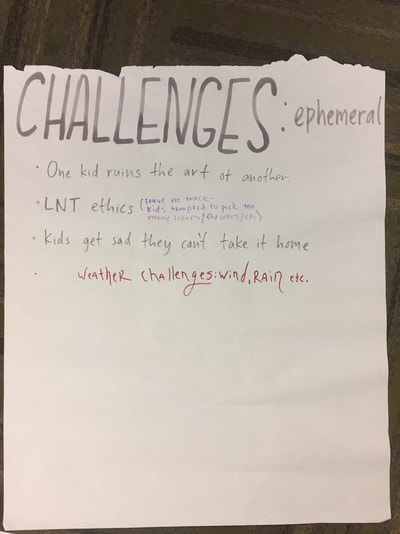
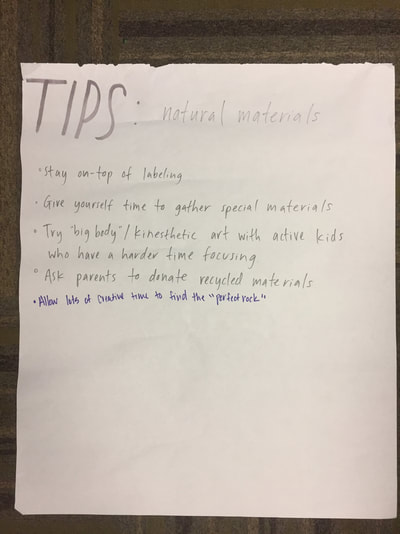
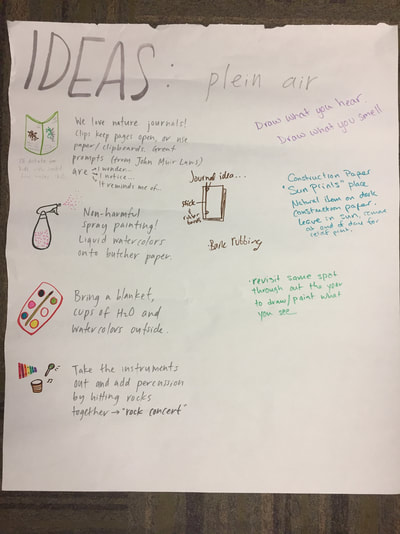
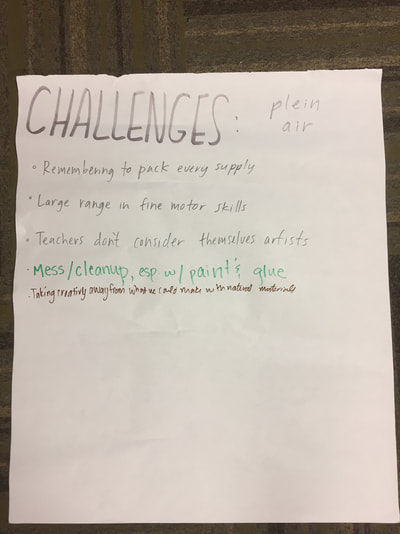
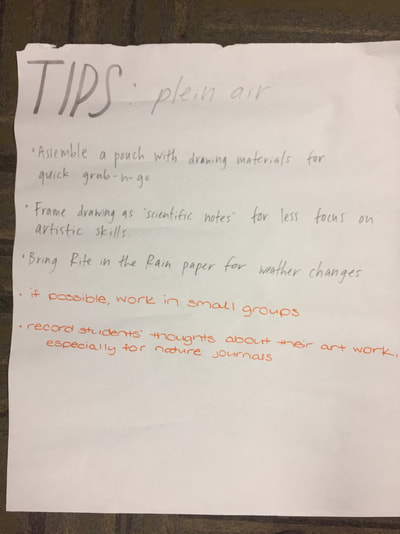
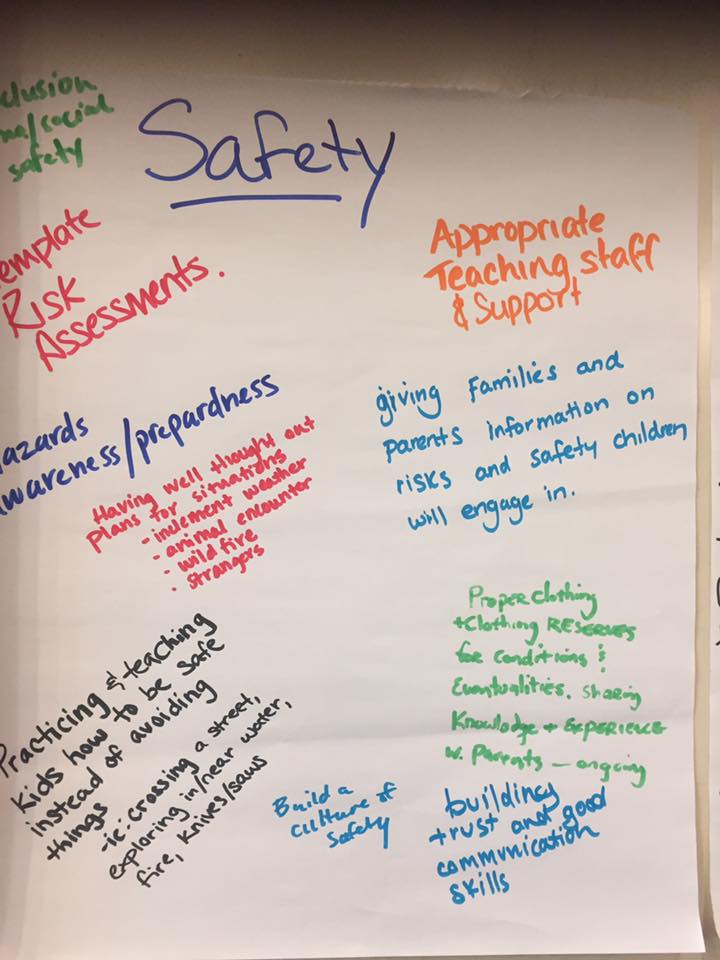
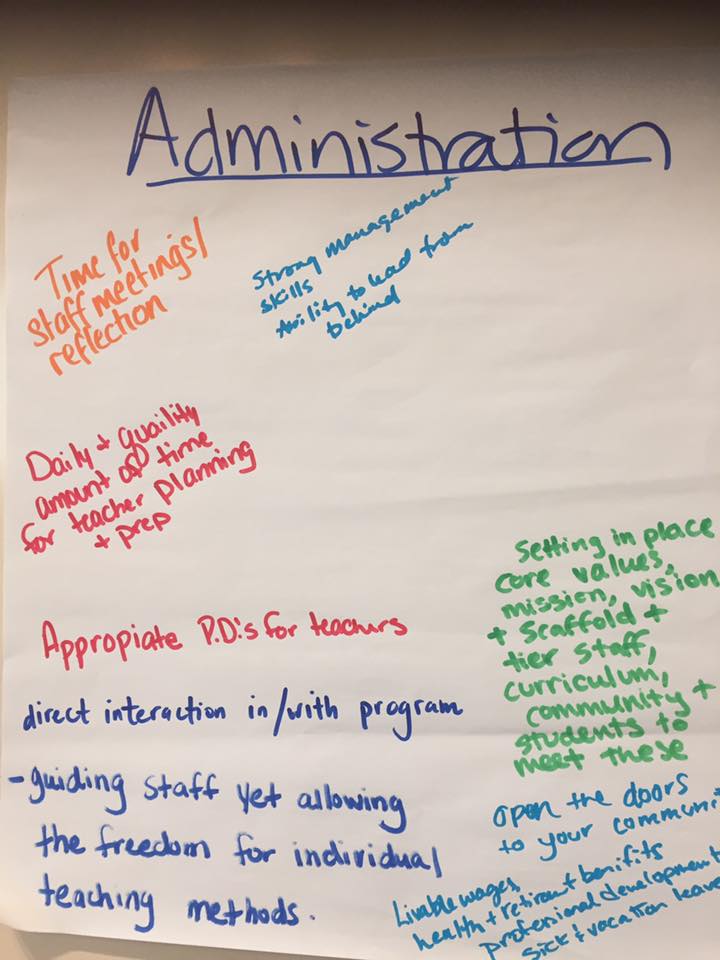
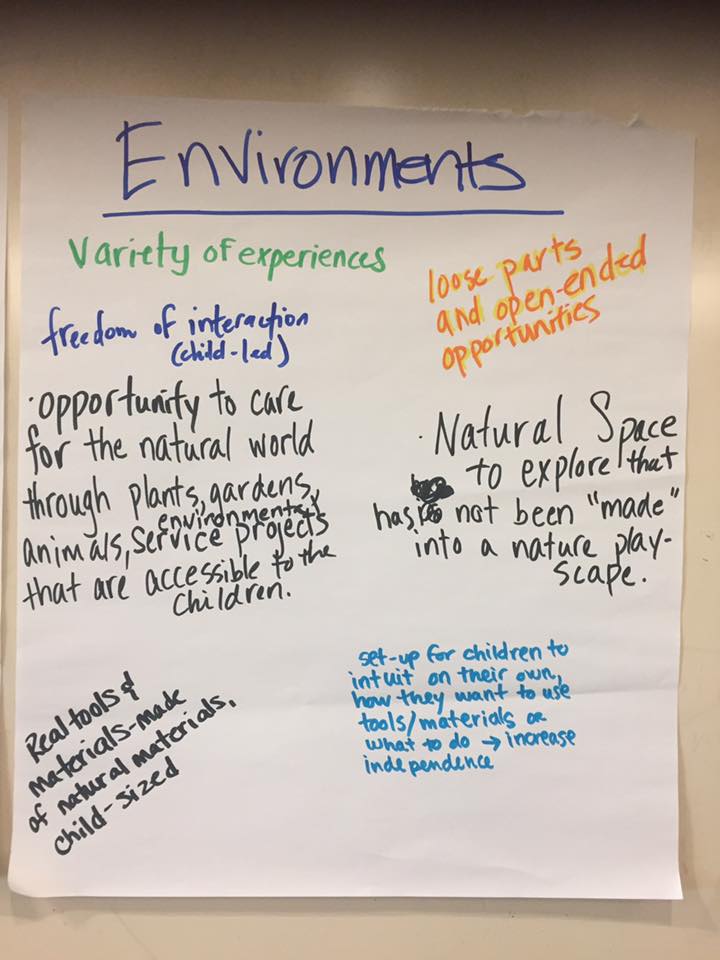
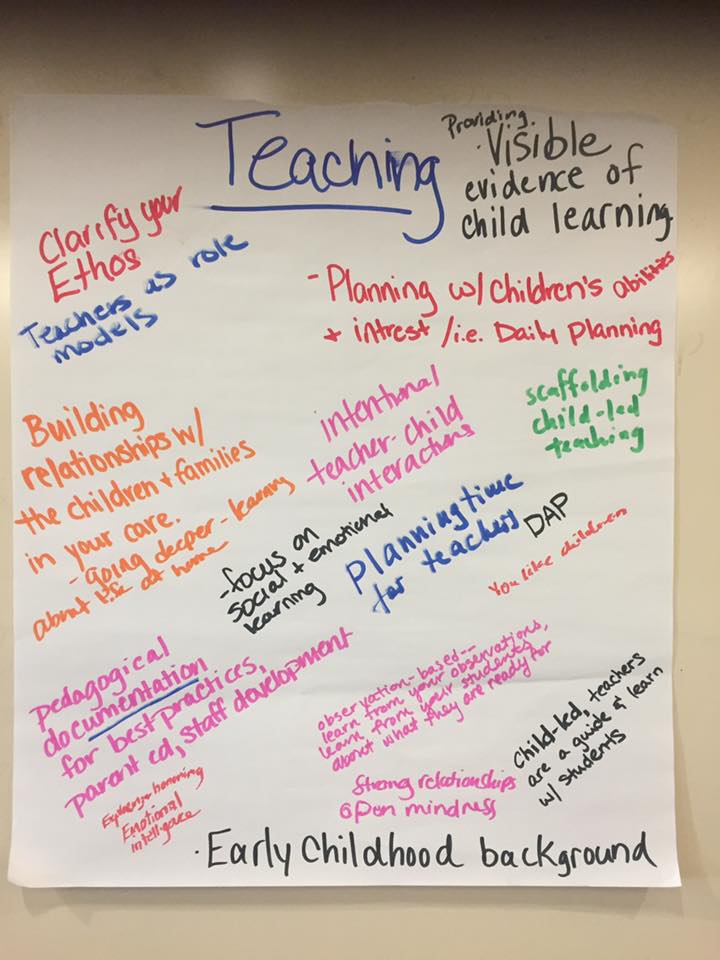
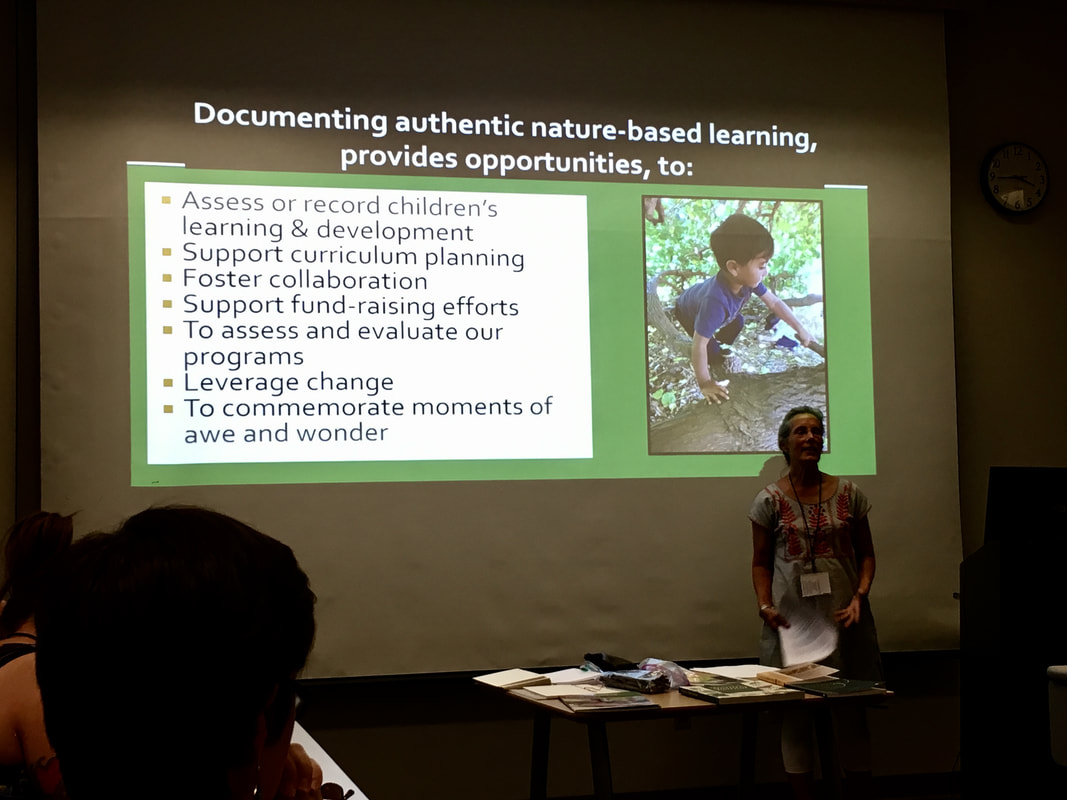
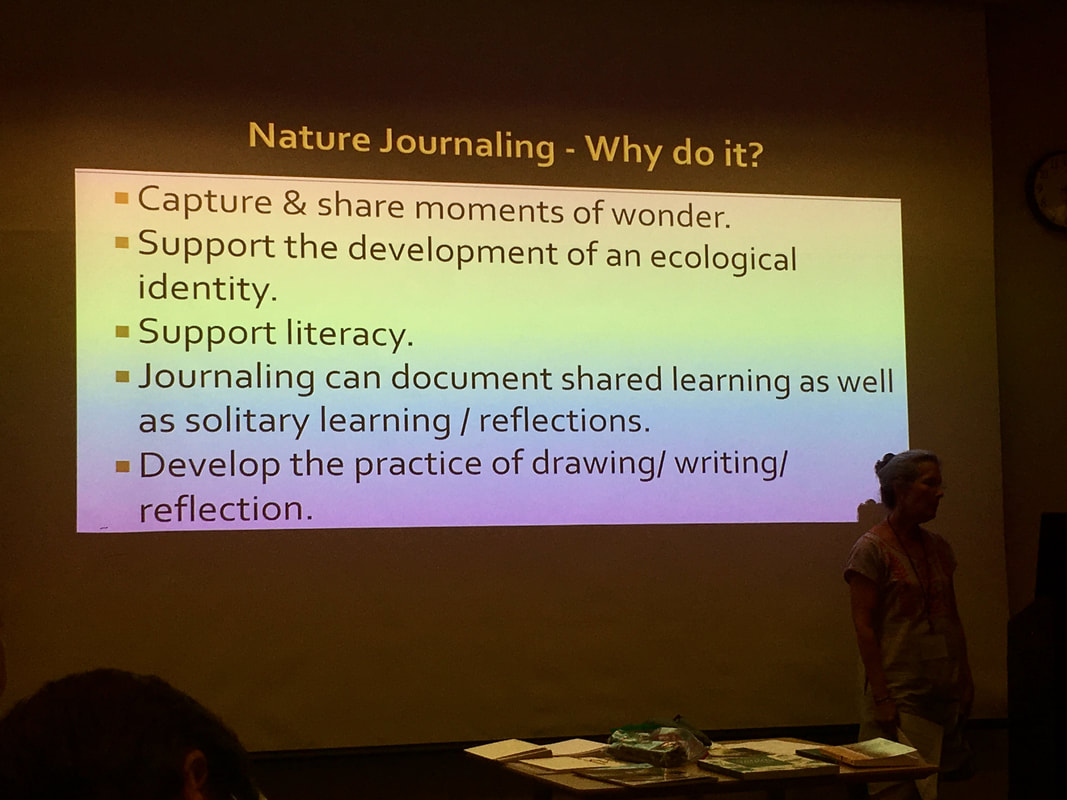
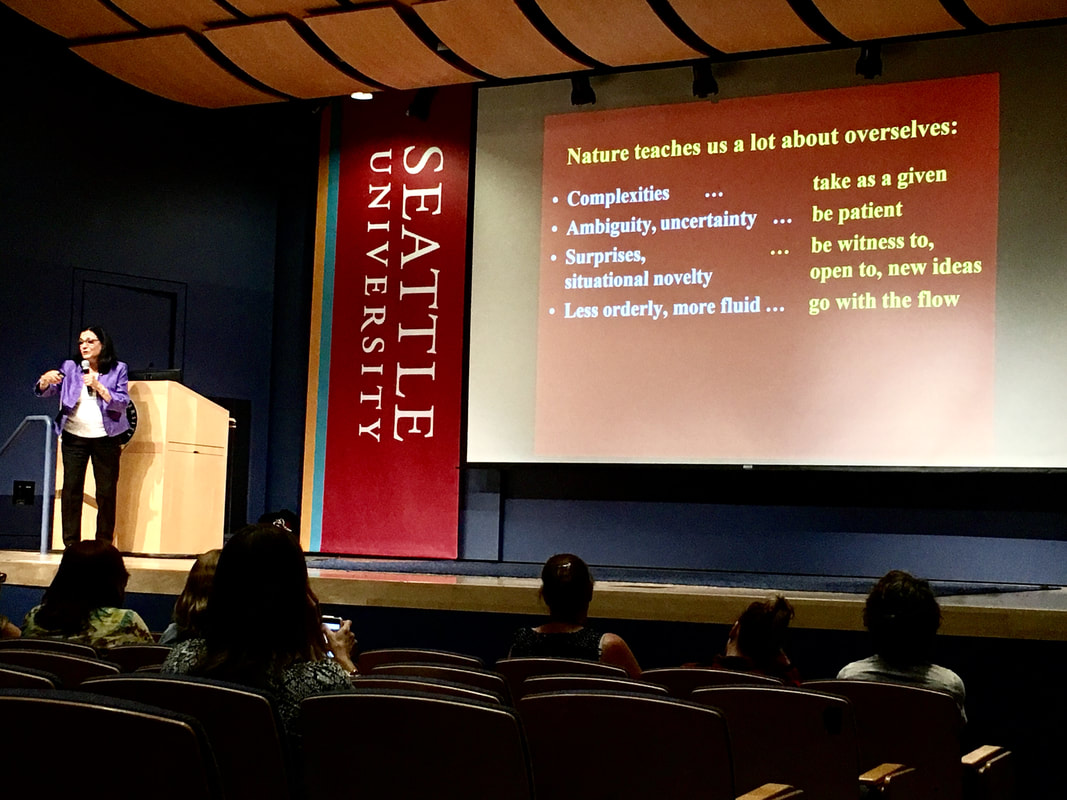
 RSS Feed
RSS Feed
